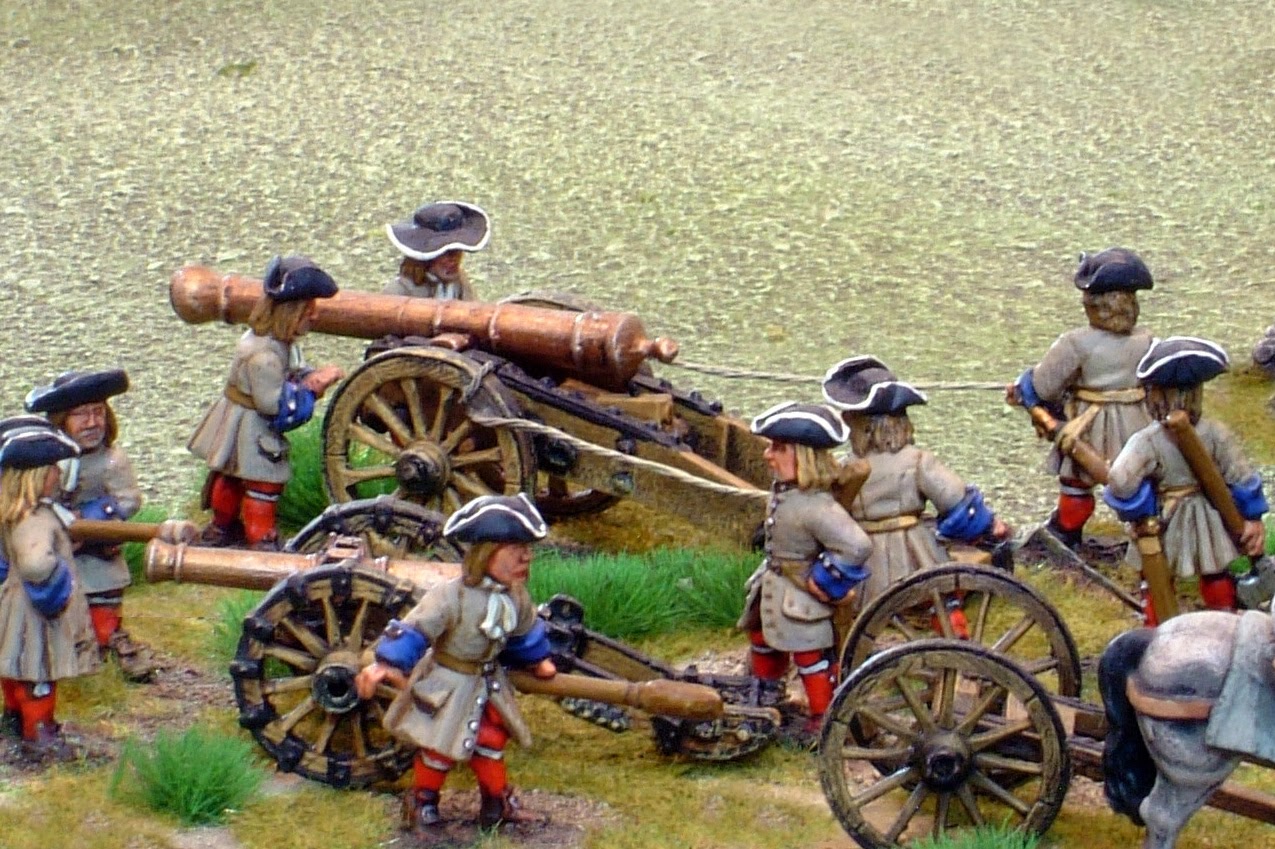 |
| Somewhere in the trenches..... |
It’s one of my bad habits that I often believe that certain baffling aspects of modern life; dog salons, ‘it’ girls, the failure of the Scottish football team to qualify for anything vaguely important, are new. Take the invasive nature of mass marketing, all those pamphlets, phone calls, emails and junk mails heckling for my attention when I have such a limited amount. Definitely an aspect (ok blight) of modern life?
Well, not really, William of Orange instigated a European
wide marketing campaign to attract Huguenots to his colours. Messengers were
sent to centres of Huguenot refugees in German states and Switzerland to preach
the message in churches and halls, enticing them to take up William’s cause.
Many answered, often driven by a desire to fight back against the regime that
had caused them to forsake France.
With the influx of refugees to the Dutch Republic and this
active encouragement by November 1688 when William landed in Torbay then
literally had thousands of Huguenots in service or looking to be in service
(not to mention a fair sized community in England). Men, usually of some strata
of noble birth, who needed a patron if they were ever to return to France (or
in many cases just get a chance to give the French regime a bloody nose). Such a
group could prove useful in a political environment where many a native noble,
clergyman or regiments' allegiance could be found to be somewhat malleable.
Four regiments of
Huguenots were raised in England around April
1689, comprising of 3 foot and one of horse.
 |
| In action at Aughrim . Du Cambon's face Eustace's Regiment |
Duke of Schomberg’s
Horse
This was initially raised as the Duke of Schomberg's lifeguard a duty it failed to fulfil at the
Boyne when the Marshal was ridden down by Jacobite horse. Eventually, according
to some sources as late as 1691, the colonecy of the regiment passed to the
Marquis de Ruvigny under which name the regiment was known at Aughrim where it
fought on the right wing. Even by 1689 the Marquis had already been raised to
the peerage of Ireland as the Earl of Galway and was to have long,
distinguished (at least in parts) career. Later he held amongst others, a
colonecy in the Dutch Army, command of the British army in Portugal and a
couple of stints as Lord Chief Justice of Ireland.
Of course there was another regiment serving in Ireland led
by the Duke’s son (Meinhard) which also is referred to as Schomberg’s horse
much to the confusion of this most amateurish of historians (though I have at
least learned that a Duke outranks a Count).
Du Cambon's
Francois Dupuy du Cambon was an engineer in the French Army
who found quick promotion in the Dutch after fleeing France. In August 1688 he
was appointed as Chief Engineer and Director of Fortifications and then (within
seven days) commissioned as a Major General in the Dutch Army but it was as a
colonel of foot that Du Cambon was to land in Ireland. The regiment fought
throughout the Irish campaign landing (as did the other Huguenot regiments) as
part of the Duke of Schomberg's force.
Engagements included the Boyne and Aughrim. After Ireland the regiment
fought (with the others) in Flanders. Du Cambon was killed at the Battle of
Landen at which point the colonelcy fell to Comte de Marton. |
| These French guns may be firing at Frenchmen! |
La Calliemotte's
This regiment formed the second stage of the crossing of the
Boyne after the Dutch Blew Guards had forced a way over the river. They were
struck by several regiments of Jacobite horse, including the Life Guards, and the
colonel Masseue de La Calliemotte was killed (Bob Talbot's version of this
regiment has a pike stand - which would have come in handy). After the Boyne
the Lt. Colonel Belcastel de Montvoillant took command and naturally the
regiment adopted his name. Belcastel remained a soldier until his death at the
battle of Villaviciosa in 1710. In 1701 he raised his own Huguenot regiment in
Dutch service.
La Meloniere's
Regiment fought in Ireland and Flanders retaining the same
colonel, Isaac de Monceau de la Meloniere, throughout. Clearly he had William's
favour (or at least William found him useful) as he reached the rank of
Major-General though like many of his Huguenot brethern apparently being paid
was not common. William was well aware that the Huguenots in his service had
nowhere else to go and they were often abused in matters of remuneration.
There was a fifth Huguenot regiment in British service
during this period, Miremont’s dragoons. There is some debate as to where and when
this regiment was formed and they did not serve in the Irish campaign of
1689-91. As such they were left out of the project (but I'm sure their time
will come).
Next time… painting the Huguenots brigade, or at least my
version of them, be prepared you’ll need grey… grey and some grey...I've read
one source that says they were clad in white… but trust me I wasn’t to be
dissuaded…
